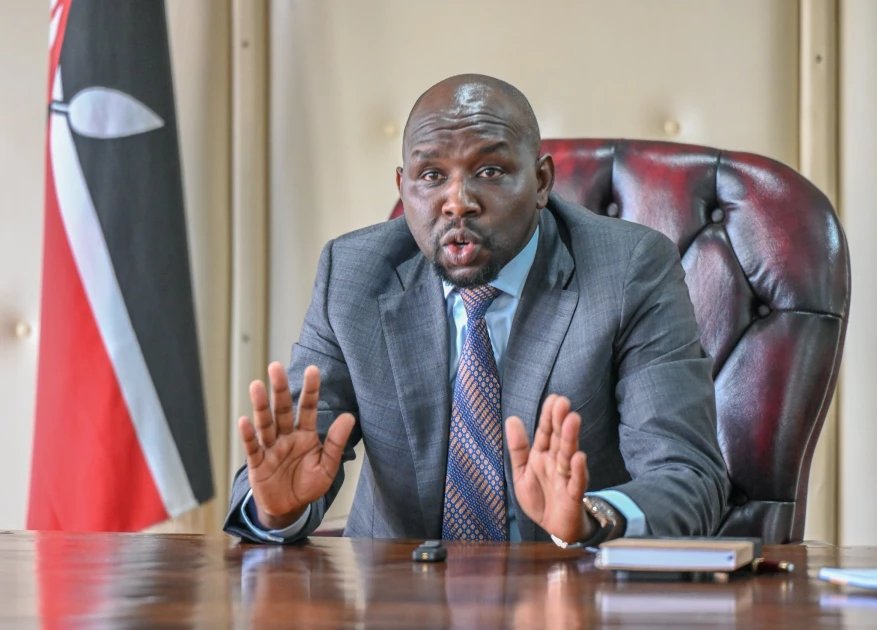
Gov’t seeks alternatives for road levy amid cost of living concerns

The government is exploring alternative ways to raise the Road Levy without impacting the cost of living, announced Transport Cabinet Secretary Kipchumba Murkomen on Monday.
In a media statement, Murkomen shared that his ministry is actively seeking alternative methods to secure the necessary funding for road maintenance without increasing petrol prices, as recommended by citizens.
“A decision will be made only when we are certain that any revenue measures adopted will not result in a rise in the cost of living,” stated Murkomen.
He emphasized the importance of reviewing all public responses and basing the final decision on these recommendations.
Murkomen extended his gratitude to Kenyans who provided their feedback through email, social media, and handwritten comments.
He noted that many expressed concerns that a proposed 39 per cent increase in the levy would worsen the cost of living crisis.
“I thank Kenyans across the country for turning up in large numbers to give their views on the maintenance of our roads,” Murkomen said.
“We will only make this decision when we are certain that any revenue measures adopted will not result in a rise in the cost of living.”
The Transport CS highlighted that Kenya is currently facing a maintenance deficit of Ksh. 78 billion for the fiscal year 2024, with the figure projected to rise to Ksh. 315 billion by 2028/2029.
The expansion of Kenya’s road network, from 166,451 km in 2016 to 239,122 km currently, necessitates regular maintenance.
Murkomen explained that road maintenance is funded by the Ksh. 18 per litre Road Maintenance Levy and many roads under the Low Volume Seal program have been neglected for a decade and are at risk of being lost entirely.
“The Roads Maintenance Levy Review is intended to fill this gap,” he added.
The Transport Ministry had earlier urged the National Assembly’s Finance and National Planning Committee to approve a 39 per cent increase in the levy from Ksh. 18 to Ksh. 25, arguing that the current rates, last reviewed in 2016, do not account for inflation in road construction and maintenance costs over time.

